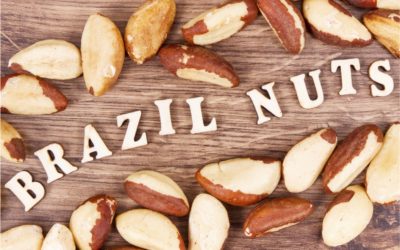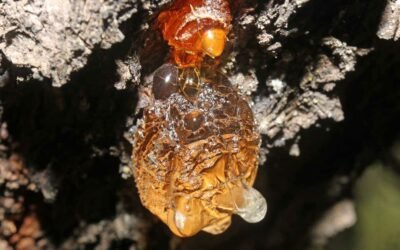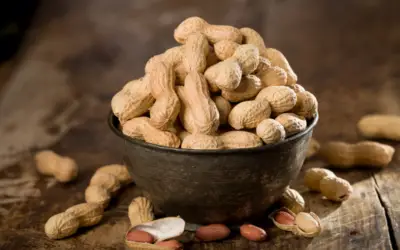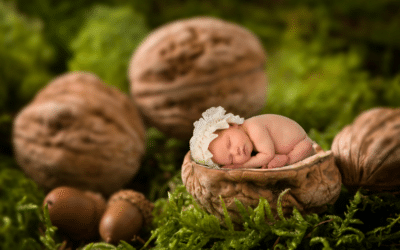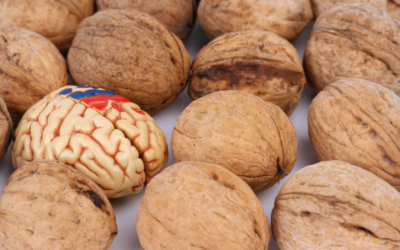
The Origins Of Some Of Our Favourite Nuts
Nuts are an easy and convenient snack to take with you. They are packed with beneficial nutrients and give you the energy you need to sustain yourself through the day. However, have you ever stopped to consider where your favourite nuts are sourced and grown from? This article will give you an insight into where your nuts come from before you find them on the shelves o the supermarket.

#1 The History of the Almond
Almonds originated in the western parts of Asia and China and were most likely cultivated there. Though it has been difficult to pinpoint the exact location of origin, scientists have been able to point to Western Asia as the most likely place they were first grown. Experts believe that almonds were one of the first trees domesticated because cultivated almonds appeared during the Early Bronze Age (ca. 3000-2000 BCE) in Numeira in Jordan. Almonds are mentioned in the Bible and were even found in Tutankhamen’s tomb (ca. 1325 BCE) in Egypt.
In current times, almonds are grown in many places, from Iran and its neighboring countries to the United States of America. The USA is currently the top producer of almonds, producing 2,002,742 tons annually. Almonds are mass-produced with the help of machinery and technology and are then exported to other non-almond-producing countries.
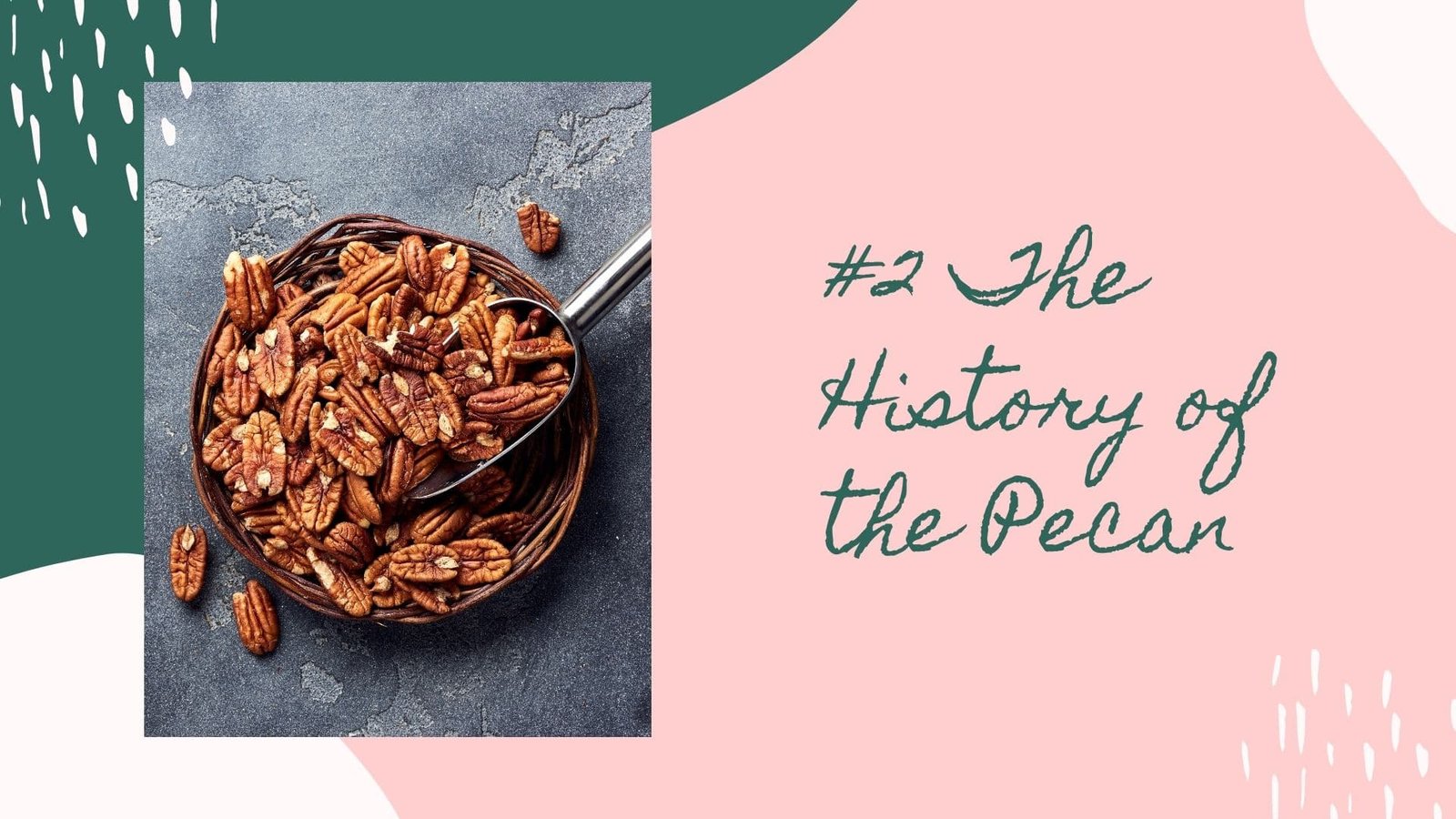
#2 The History of the Pecan
The story of the pecan begins in the 16th century. It is a nut that grows naturally in North America and was a food staple for the Native Americans during the winter months. Since pecan trees grew along the river valleys of Mexico, they were regularly used by pre-colonial residents. It is known that United States presidents George Washington and Thomas Jefferson were the ones who allowed pecans to gain popularity. Currently, pecan pie is a regular appearance during the thanksgiving holiday in the United States
The United States is also one of the main producers of pecans, producing about 80-90% of the world’s supply. Some production also occurs in Mexico and South Africa.
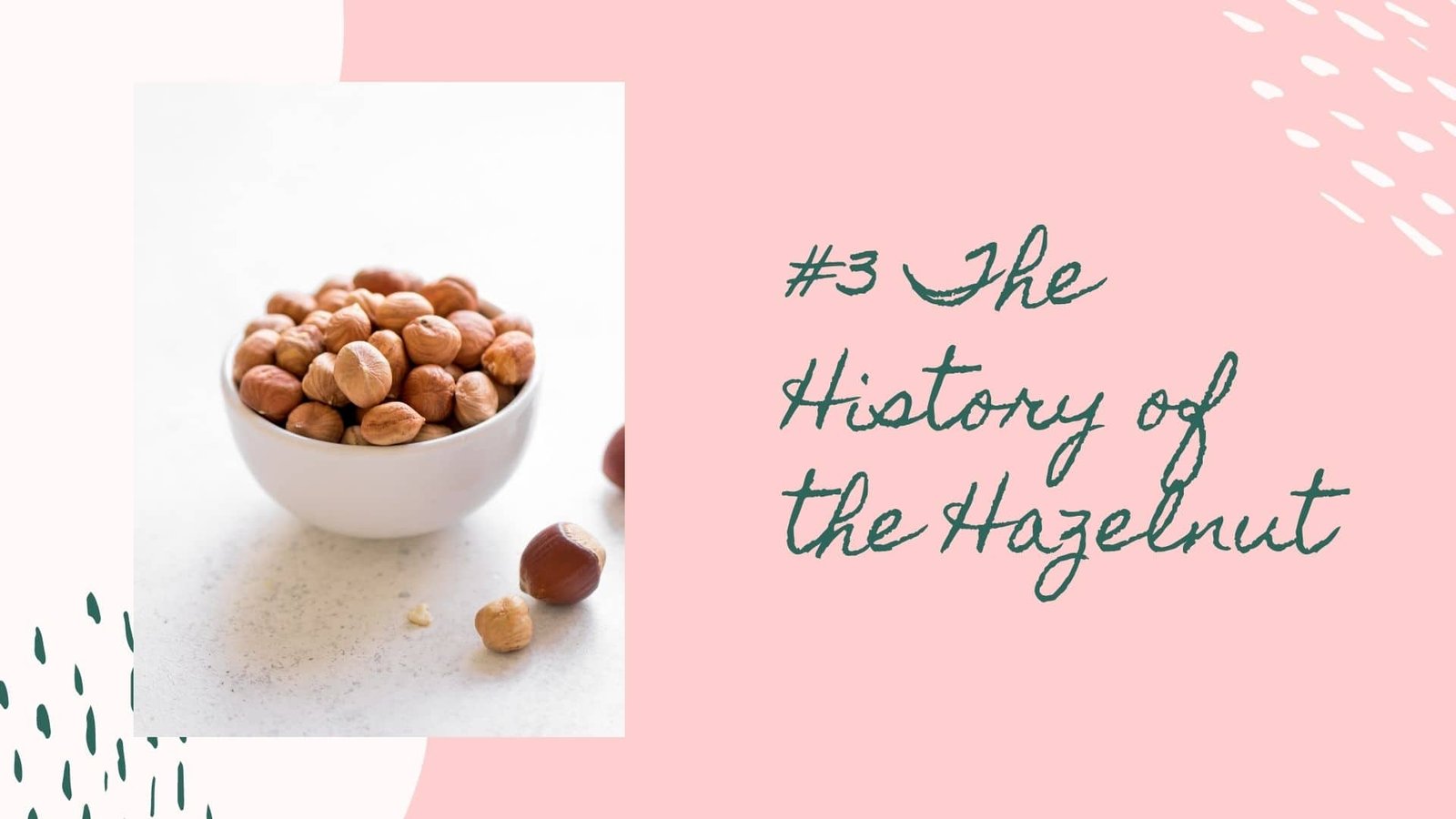
#3 The History of the Hazelnut
The hazelnut originates from an area in Asia. It has even been discovered that Ancient Chinese and Roman manuscripts have detailed their use of the hazelnut. Some early varieties of hazelnuts were also found in Europe. Today, several different varieties of hazelnuts have been cross-bred to increase the nutritional benefit of hazelnuts. Traditional hazelnut harvesting is typically done by hand, but mechanical harvesting is being experimented with.
In the present day, Turkey is one of the largest producers of hazelnuts, accounting for 60-70% of global hazelnut production. Italy also produces a large number of the world’s hazelnuts at around 20%.
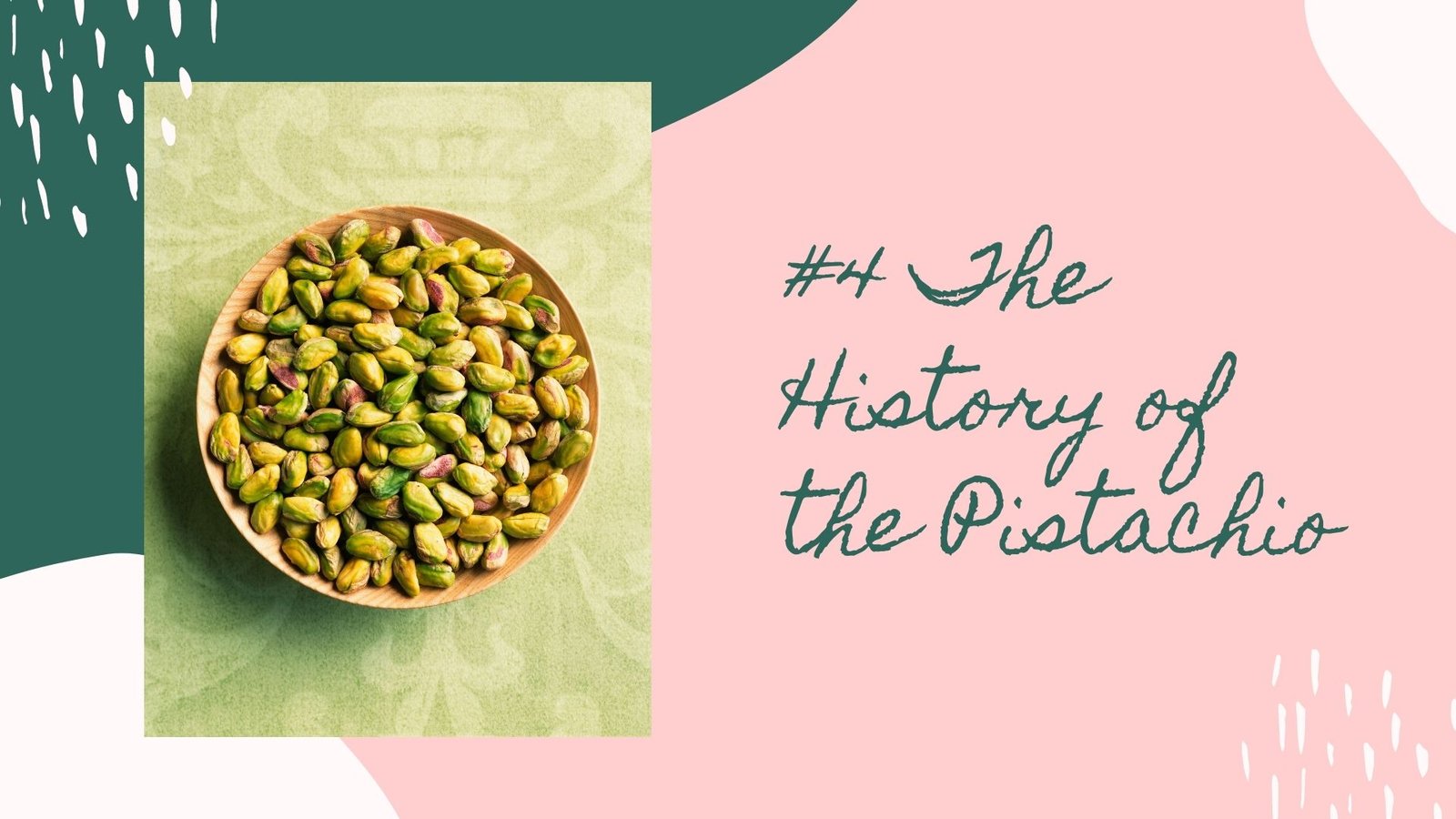
#4 The History of the Pistachio
The pistachio has a long history and has even been mentioned in the Old Testament of the Bible. In Iran, pistachio trade and ownership were even indicative of the wealth of a family. The pistachio grows on the pistachio tree and is found within the same family as the walnuts. Pistachios grow in the wild in countries such as Afghanistan, within the mountainous regions. However, pistachios are also grown in other countries such as Pakistan, India, Iran, Turkey, and Greece. Pistachios also grow in bunches, similar to the way that grapes grow. As the nuts ripen, the hard shell bursts open after some time.
Given the rich history of pistachios in Iran, it is the top producing country of pistachios, managing almost 415531 tonnes of nuts per year. The United States is also a large producer of the nut, producing 233146 tonnes per year.
![[Original size] The Origins Of Our 5 Favourite Nuts the history of the brazil nut](https://nutsandsnacks.com.sg/wp-content/uploads/2021/06/Original-size-The-Origins-Of-Our-5-Favourite-Nuts.jpg)
#5 The History of the Brazil Nut
Its name reflects the origins of this nut. The Brazil nut is mainly found in Brazil, but also Paraguay, Bolivia, Peru, and Venezuela. The Brazil nut actually resembles a coconut grown on an incredibly tall tree that is 40 to 60 meters in height. The fruit of the Brazil nut falls from the tree, usually from November to March. These balls contain 8 to 12 seeds or what is known as the Brazil nuts, in the shell.
Both Brazil and Venezuela are the biggest producers of Brazil nuts. Brazil produces almost 32942 tonnes per year, while Bolivia produces 25749 tonnes.
Conclusion
We hope you know that there is so much more to the nuts that enjoy so much. Purchase almonds, pecans, hazelnuts, pistachios, Brazil nuts, and more here!

